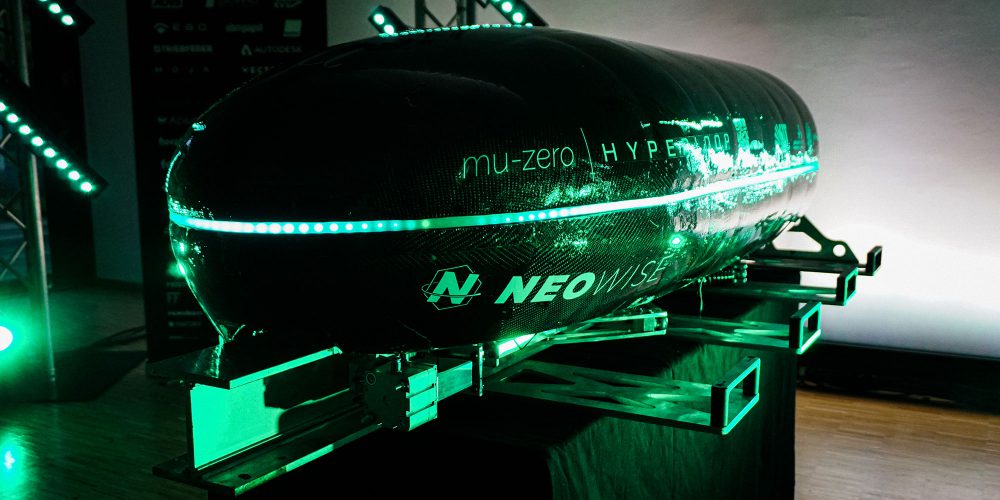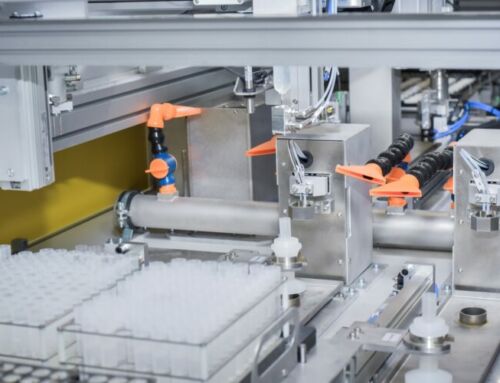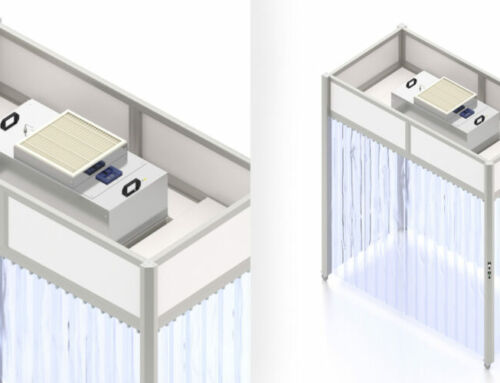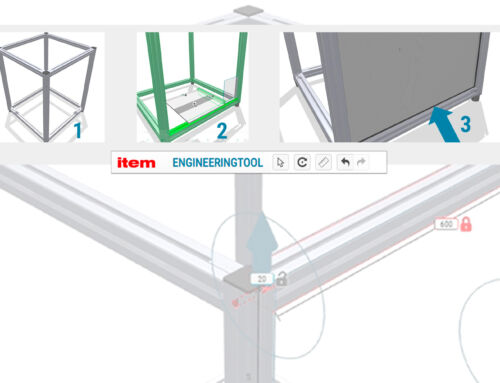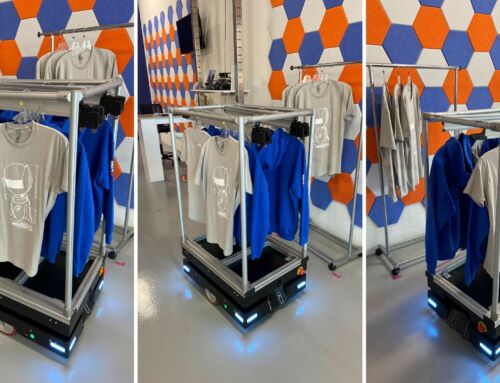Systematically relieving employees from repetitive and ergonomically-taxing work steps is a central aim of modern robotics.
The process automation solutions that robots open up for manufacturing companies have long since gone well beyond straightforward mass production. Thanks to the wide selection of inexpensive lightweight robots that can be easily integrated into production, there are numerous approaches available for automating manual production steps. As collaborative robots (cobots), they are used in closer proximity to human employees, taking into account suitable safety concepts. There are many possible applications for cobots in production, but the ones that allow employees to delegate demanding tasks to these lightweight robots are particularly promising.
Possible technical applications for this type of robot now also include demanding tasks such as high-precision screwing and welding in production. Without support from robots, both these activities often force employees to carry out ergonomically taxing motions. Welding also comes with the physical strain of wearing the necessary protective equipment and the health hazard posed by toxic fumes. For most companies, however, there are two other typical production processes that act as a gateway into the world of robotics – palletizing and machine loading using robots.
Palletizing as a typical robotic application
A major advantage of cobots is the wide range of end effectors (EOAT = end-of-arm tooling) that is available. These tools, which are attached to the end of the robot arm and can be easily swapped out, give lightweight robots their exceptional flexibility. Robots equipped with suction grippers can palletize over 1000 packaging units in one shift and, depending on the robot type, move loads weighing several metric tons. Palletizing with robots also works so well in practice because the graphical user guidance of these lightweight robots makes them so easy to program. Staff working independently can often teach a cobot to handle new package dimensions very quickly by guiding the robot arm by hand in learning mode. The movement profiles created in the process can then be immediately put to productive use.
Even simple palletizing tasks with a robot help boost the added value in the company by reducing the employees’ workload. However, robots do more than just palletize, they can just as easily be integrated into more complex workflows in the packaging process. In addition to the packaging itself, bundling cardboard boxes is yet another application for robots or cobots. In this case, the lightweight robot starts by putting several packages into a strapping machine and then, after bundling, places them on a Euro pallet. Thanks to its small footprint, the cobot can also easily be placed between two pallets. While the employee removes the full pallet, the robot continues palletizing on the second pallet without interruption.
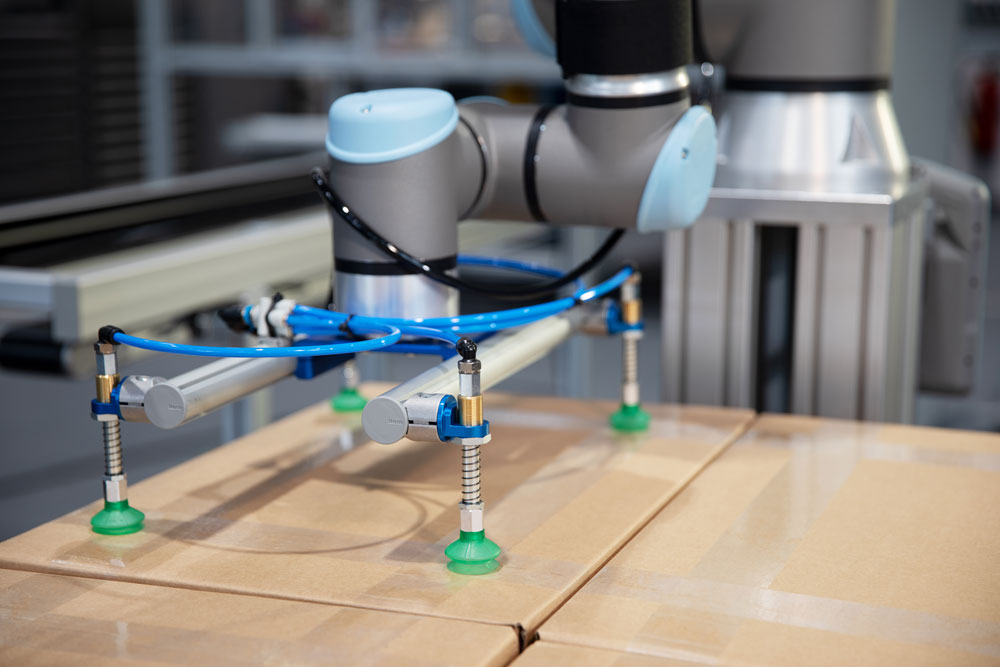
There is a wide selection of suitable suction grippers and other effective palletizing tools available for cobots from leading manufacturers.
Robot applications for machine loading
The fundamental advantages of robots in numerous applications are also clear to see when it comes to machine loading. They can always perform the same motions over a practically unlimited period of time, with a repeatability that virtually no human employee could hope to match. During production, this increases throughput, ensures consistent product quality and protects employees from injuries. Instead of continuously stocking a folding or embossing press with new blanks during the machine loading process, employees can devote their time to other value-adding production tasks where it is easier to maintain concentration.
When mounted on a mobile robot cart, a cobot can be easily pushed to the position that the employee would otherwise occupy when loading the machine. The robot is locked at fixed, pre-programmed points to ensure it can precisely grip and position the workpieces. Alternatively, cobots can also – much like in applications involving assembly or bulk material sorting – be equipped with camera systems and an AI-supported control unit for machine loading. This enables the cobot to autonomously correct an imprecisely positioned workpiece. In production steps involving CNC milling and when handling sharp and pointed workpieces in general, a corresponding safety concept must also be in place to ensure employees can continue working safely in the vicinity of both the cobot and the machine. One of many ways this can be achieved is by housing the cobot in a mobile machine cabin.
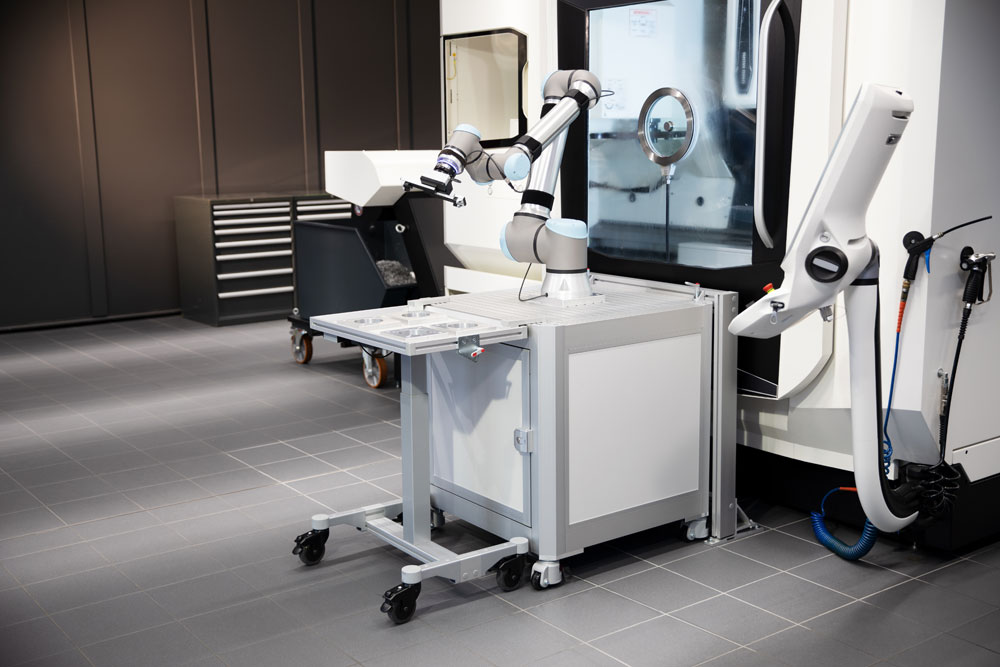
When mounted on a mobile robot cart, a cobot can be used at various workstations with ease.
Interested in receiving the latest item and robot innovation directly in your inbox? Subscribe using the box at the top right.
To discover more robotics innovation directly from item Experts, explore the Robotics Applications blog category.
